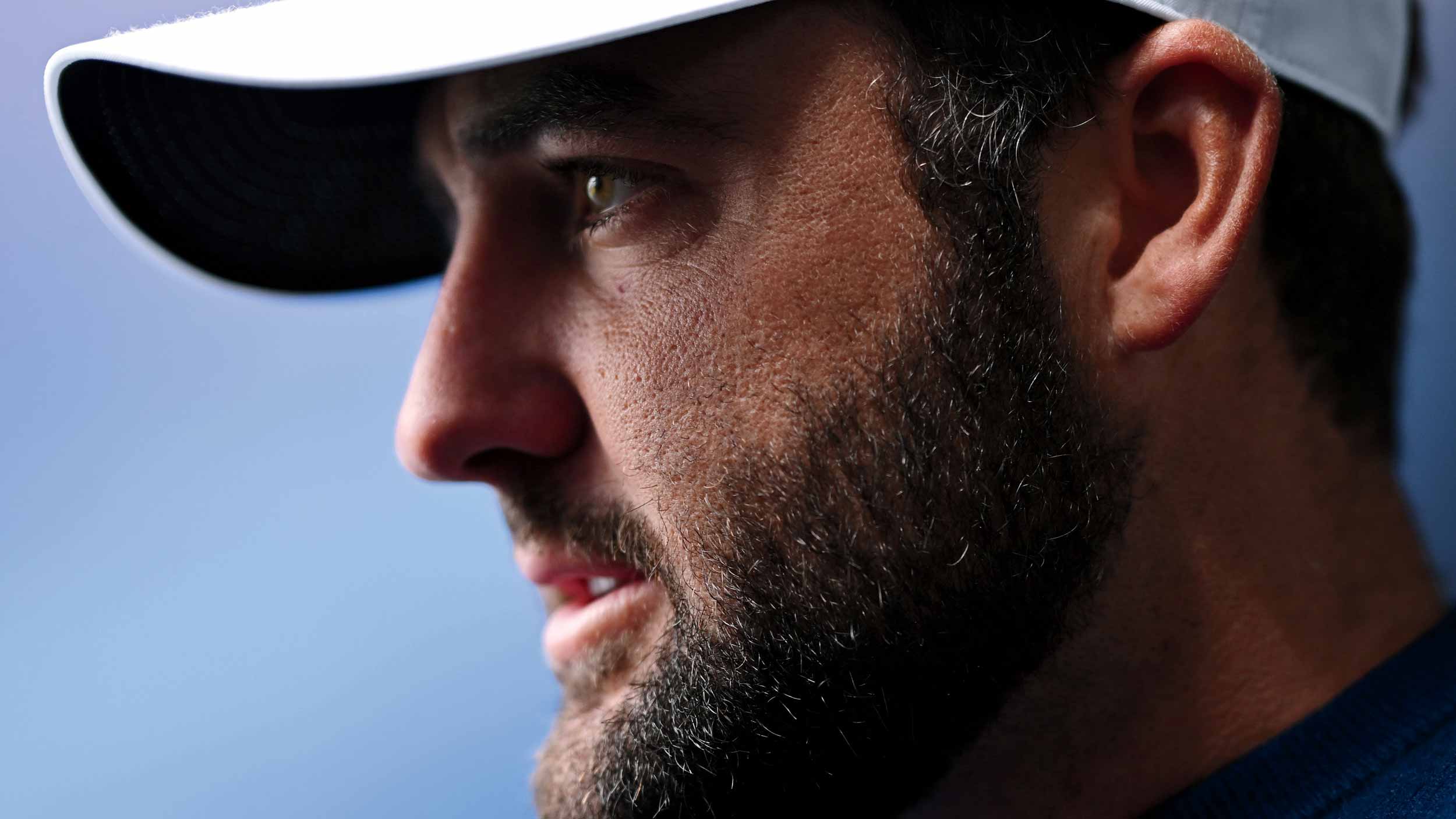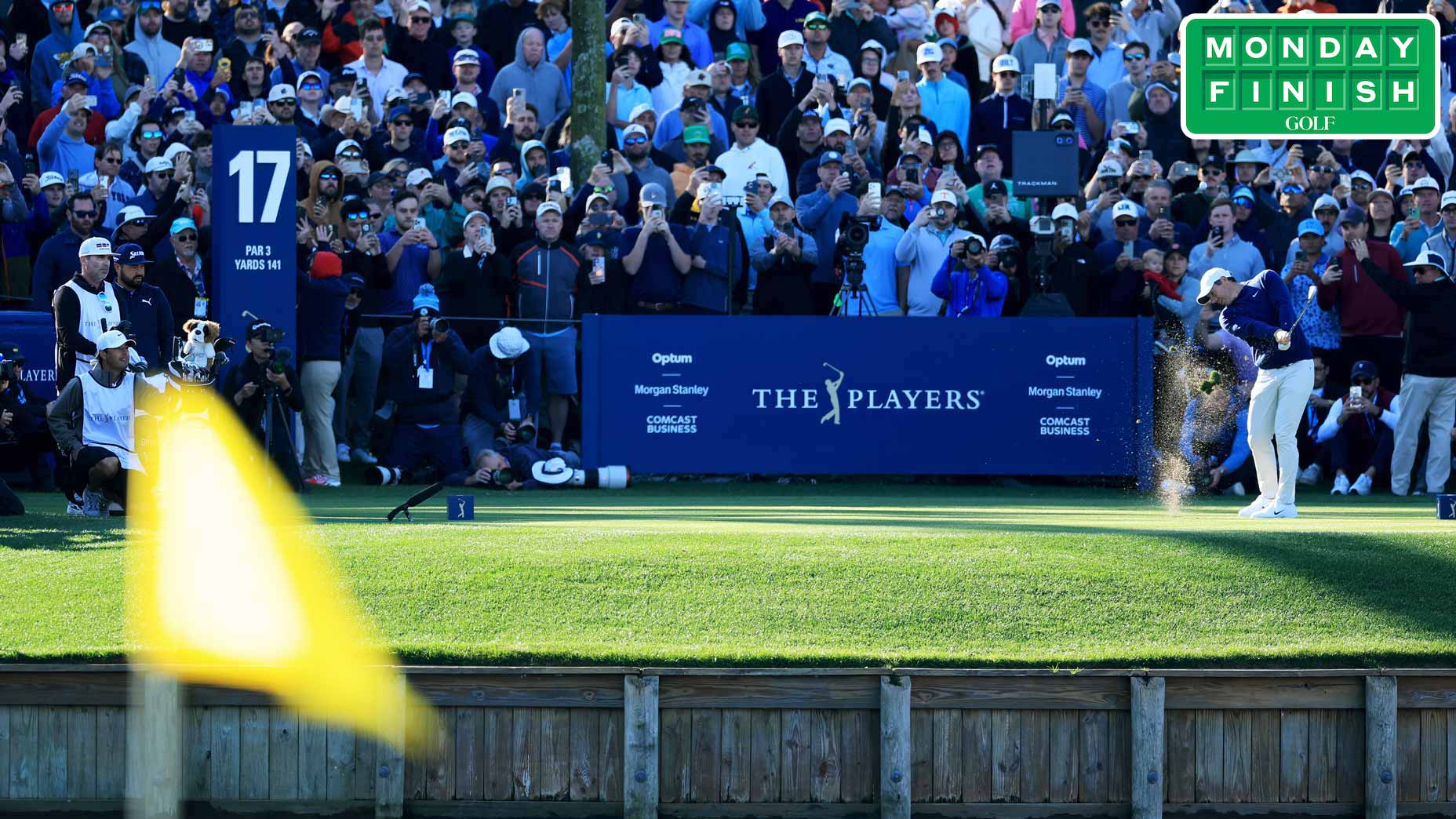PONTE VEDRA BEACH, Fla. — I feel like I made a new friend, during this Florida swing: Anirban Lahiri, the 34-year-old Indian golfer who finished solo-second at this year’s special five-day edition of the Players Championship. He likely wouldn’t know my name, but still.
During a big group press conference on Sunday, and after he had endured a long day in the office, I asked Anirban to compare the courses he grew up playing in India with TPC Sawgrass.
He laughed and said, “I’ll invite you to come and play the courses I played growing up!”
The greens were a 6 on the Stimpmeter, in India. (On the PGA Tour, they’re 12ish.) The fairways were fluffier than Erik van Rooyen’s mustache. (Tour fairways, many weeks, are about as firm and fast as a bowling alley.) The first time Lahiri played a course with proper fairways — as a 10-year-old playing in a junior tournament at Royal Calcutta — he asked his father to buy him a 7-wood. He was looking for loft and forgiveness. Just like us.
Anirban Lahiri shouldn’t be contending at Sawgrass. He thinks that’s beautifulBy: Dylan Dethier
I guess that’s a big part of it, the appeal. He’s normal in stature, in attitude, in conversation. He’s an open person. He’s been working at his craft for a long time and he’s trying to get better at it. Who among us cannot relate to that?
His given name, Anirban, comes from a Sanskrit word for a fire that cannot be extinguished. (Thank you, Wikipedia.) It is said with the same rhythm as honor bar. He lives in a suburban golf development in Palm Beach Gardens on the unfashionable west side of Florida’s Turnpike, but just up the road from professional golf’s glittery crowd. His father is a gynecologist. His wife’s name is Ipsa. They have one child. Let’s see — what other fun facts can I tell you about him?
He wore plaid pants on Monday, for the final day of the Players Championship, in which he played in the day’s final threesome. He’s won three national championships, in India, in Malaysia and in Macau. He has played in three U.S. Opens and six British Opens. I had to look that up, of course.

This is more obvious: He is a golfer of color in a game, at least on the PGA Tour, that is overwhelmingly white. He’s fluent in English, Bengali, Punjabi — and golf. It never ceases to amaze me, whenever the best in the world gather to play golf for high stakes and big paydays, to see the many different paths there are to the Sunday leaderboard. Or, in this case, Monday.
Cameron Smith, a son of working-class Australia, played a bizarre and unlikely final round to get himself in the house at 13 under par. Lahiri, one threesome behind Smith and in the day’s last group, had a chance to tie him on 18. He hit a superb drive. He flared an iron, right of the hole and short of the green.
The lie for his third shot was like nothing he would have seen in India, even at Royal Calcutta. There was no margin for error. You could pitch it. You could chip it. You could putt it. He was 40 feet from the hole, nothing but short grass and shorter grass from his ball to its home.
Tour Confidential: Cam Smith’s breakout win, 17th hole shade, Tiger’s big speechBy: GOLF Editors
Lahiri was in solo second at the time. The boldest play, by far, and the best chance for holing the shot, by far, was to pitch it. Pitch it, land it just so, let it roll out like a putt. If it goes in, he’s in a playoff. But if he flubs it off that tight lie, he could make any score there.
You could chip it, low and running and spinning. A chip shot would not have required such a big swing, or such exquisite timing. But it might have had less chance of going in, because it’s a little harder to predict the speed of a chip that a pitch where you have flown your ball over the slope.
The safest shot, by far, was to putt it. Putt it close. Make or don’t make the next one. Miss and you have tied for second, instead of solo second. Make the second one and you have solo second. If you were really nervous and really honest with yourself, you’d putt.
“I was surprised how calm I was,” Lahiri said. He was speaking of the whole day, in which he shot 69. But he could have been talking about his third shot on 18, too.
Lahiri pitched it to a foot and tapped in. Solo second. He earned $2.1 million. It was his best finish in his PGA Tour career. It was the most money, by far, he’s ever earned at any event. He was a long way from Royal Calcutta and the army course he grew up playing. But he looked like he was right at home. He finished one shot behind a mega-talent. Lahiri is not a mega-talent. He’s a golfer from India playing the PGA Tour and trying to get better at golf. Here’s to more, to him and those like him.
Michael Bamberger welcomes your comments at Michael.Bamberger@Golf.com












